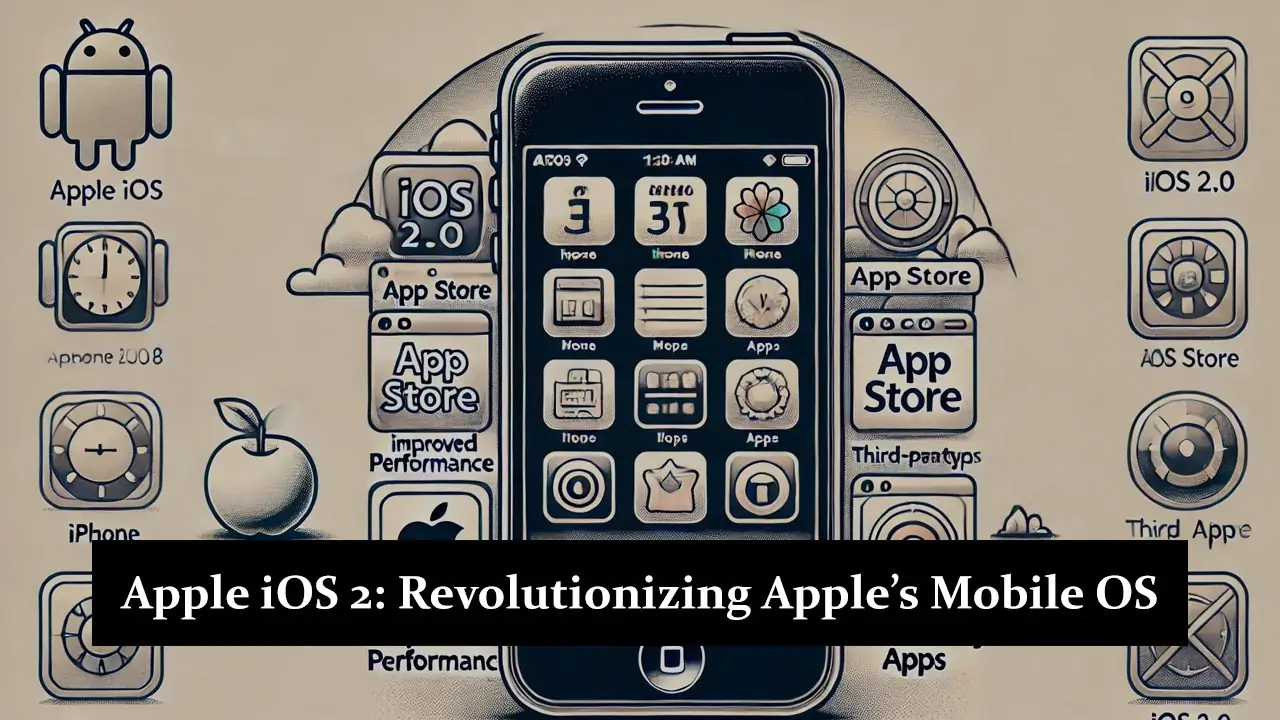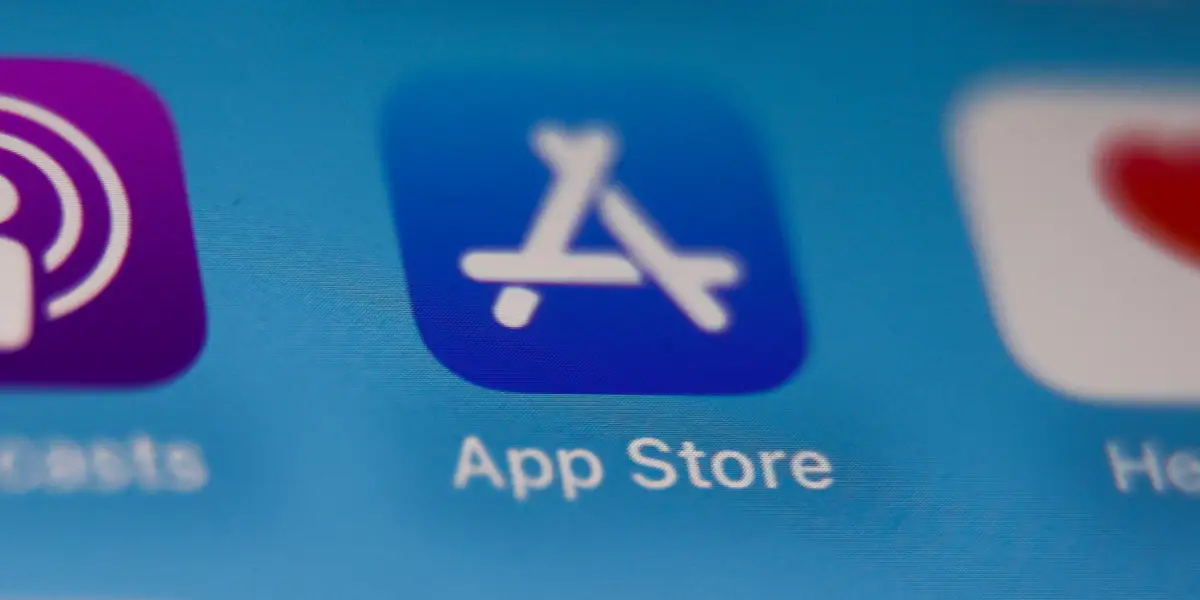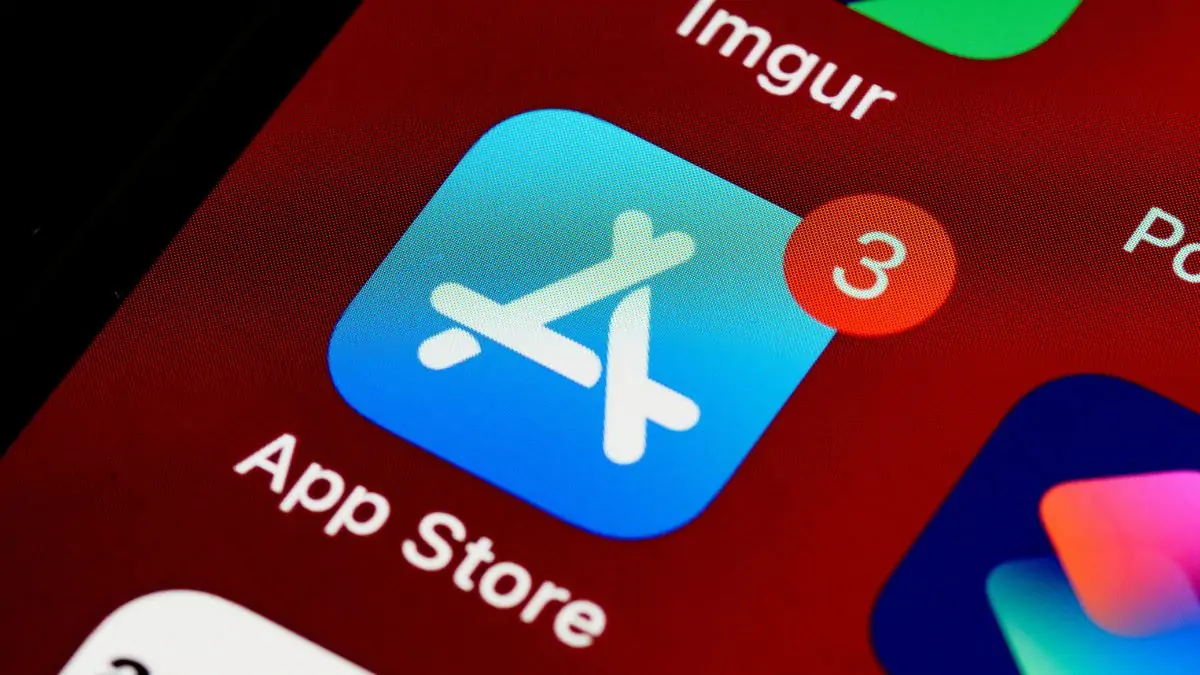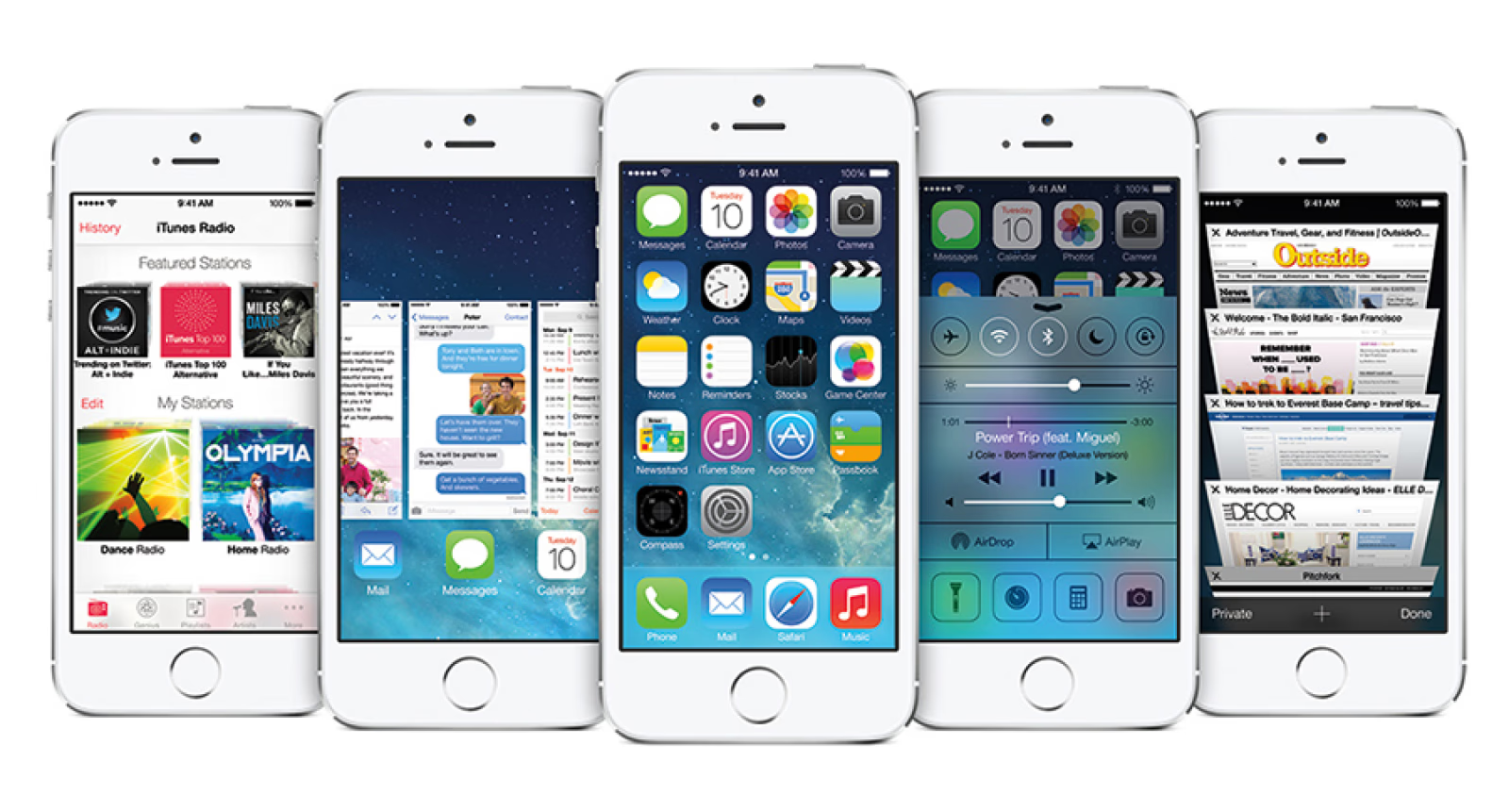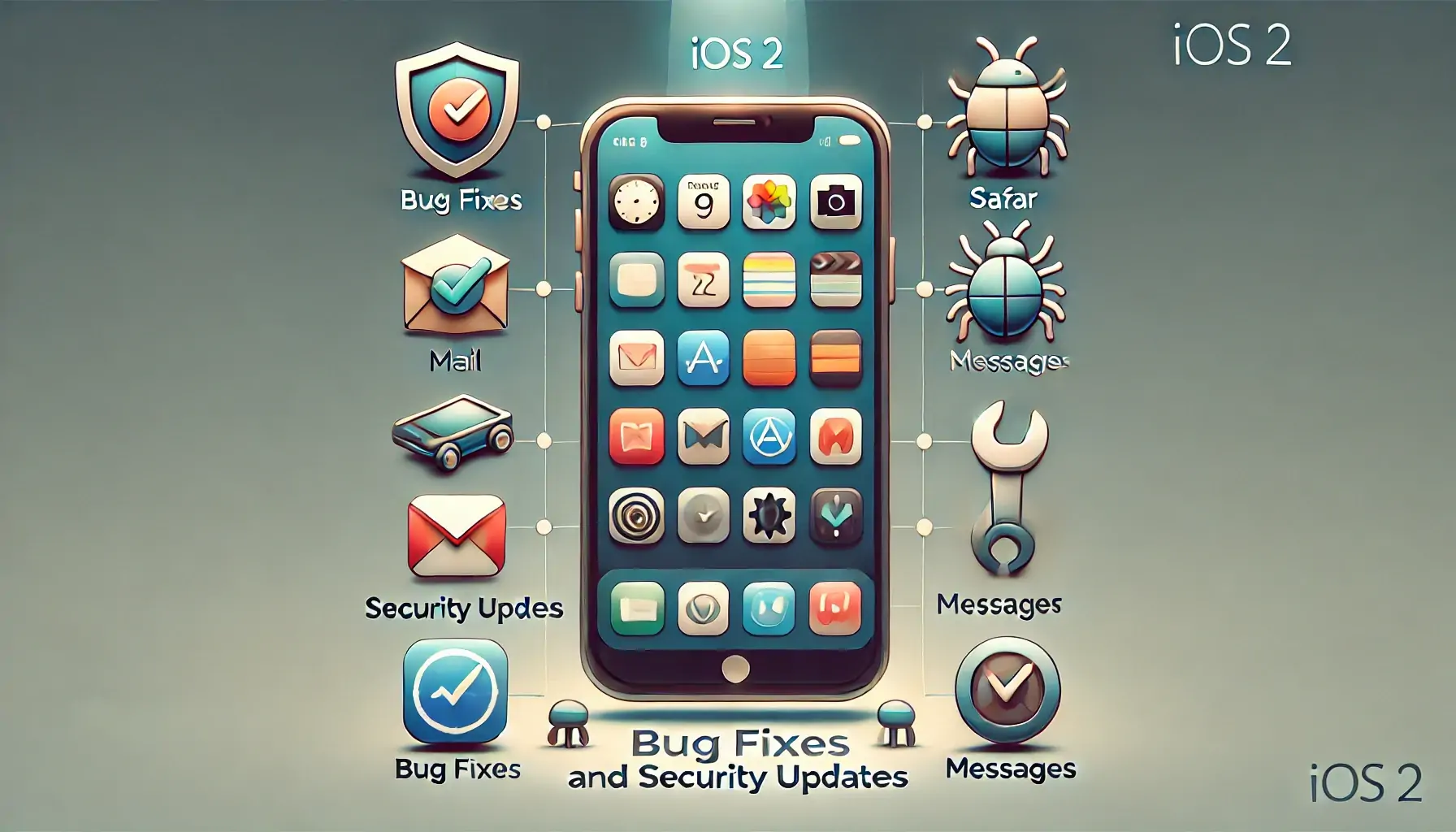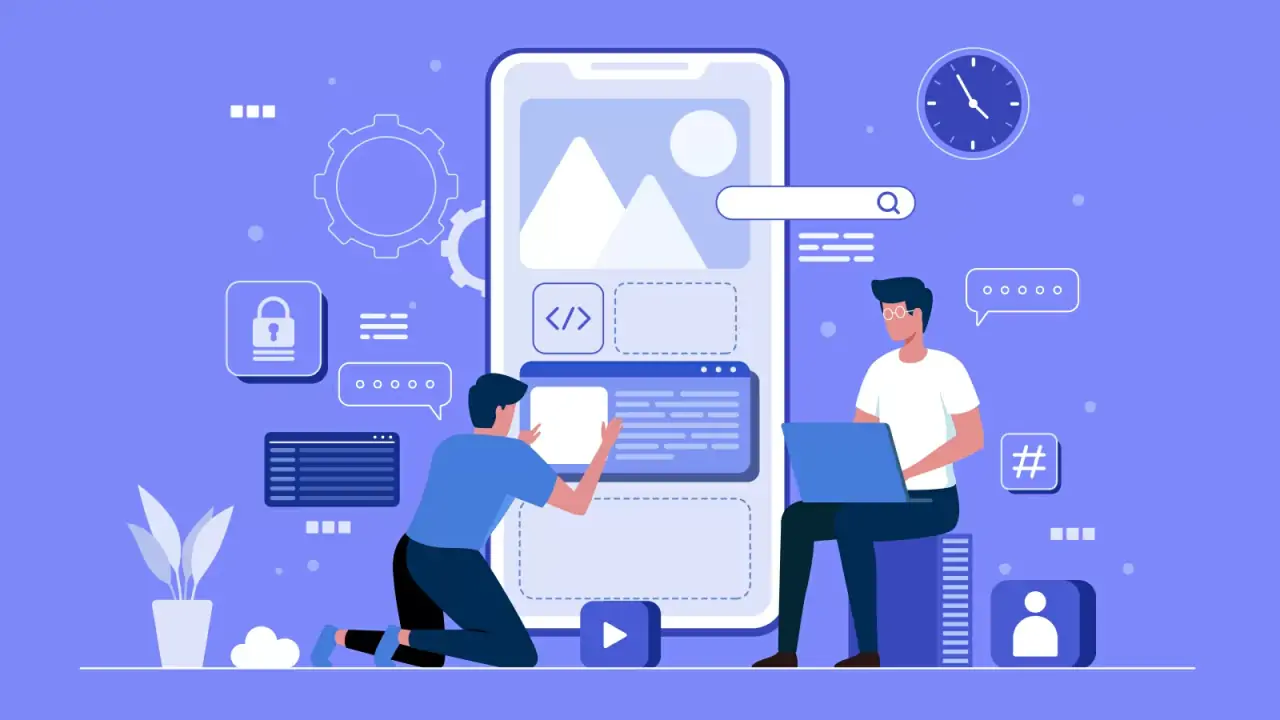Apple iOS 2, released by Apple on July 11, 2008, marked a significant milestone in the evolution of the iPhone’s operating system. As the successor to iOS 1, it introduced the App Store, revolutionizing how users accessed and installed applications. This update not only expanded the functionality of the iPhone but also set the stage for the app-driven ecosystem that is now synonymous with iOS. The introduction of third-party apps significantly enhanced user experience and paved the way for future innovations. Overall, iOS 2 played a crucial role in establishing Apple’s dominance in the mobile OS market.
New Features and Enhancements
App Store
iOS 2’s most groundbreaking feature was the introduction of the App Store, which revolutionized how users interacted with their devices. This digital marketplace allowed users to easily browse, purchase, and download various applications directly onto their iPhones.
Support for Third-Party Applications
With the launch of the App Store, iOS 2 officially supported third-party applications, opening up the platform to developers worldwide. This support led to an explosion of creativity and innovation, with developers creating apps that catered to every need and interest.
Enhancements to the User Interface and Experience
iOS 2 included several enhancements to the user interface, making it more intuitive and user-friendly. These improvements made navigating the iPhone smoother and more enjoyable, with better-organized menus and responsive touch controls.
Improvements in Performance and Stability
In addition to new features, iOS 2 focused on improving performance and stability. Users experienced faster load times, reduced crashes, and smoother operation overall. These enhancements ensured that the iPhone remained a reliable and efficient device for daily use.
App Store Revolution
Concept and Launch of the App Store
The App Store was created to create a centralized platform where users could easily find and download iPhone applications. Launched alongside iOS 2, it offered a seamless and secure way to access various apps, transforming the iPhone from a mobile phone with fixed functionalities to a versatile device capable of endless customization.
Impact on Developers and the App Ecosystem
The introduction of the App Store had a profound impact on developers and the broader app ecosystem. It provided a lucrative opportunity for developers to reach a global audience and monetize their creations. This led to a surge in app development, fostering innovation and competition, which enriched the user experience with a diverse array of applications.
Key Apps That Debuted with iOS 2
Several key apps debuted with iOS 2, setting the standard for future app development. Games like “Super Monkey Ball” and utilities like “AIM” were among the first to be available, showcasing the potential of the App Store. These early applications demonstrated the power of third-party development in enhancing the iPhone’s capabilities.
User Reception and Market Response
User reception to the App Store was overwhelmingly positive, with millions of downloads in the first few days. The convenience of having a centralized app marketplace resonated with users, and the sheer variety of apps available immediately broadened the iPhone’s appeal. The market responded enthusiastically, and the success of the App Store solidified iOS’s position as a leading mobile operating system.
User Interface and Experience Improvements
- Visual and Functional Enhancements: iOS 2 introduced several visual and functional enhancements that significantly improved the overall user experience. The operating system became more visually appealing and intuitive, making it easier for users to navigate and interact with their iPhones.
- New Icons, Layouts, and Interface Tweaks: The update brought new icons and refined layouts, giving the iPhone a fresh and modern look. Interface tweaks, such as improved organization of apps and settings, made the user interface more coherent and user-friendly. These changes not only enhanced the aesthetic appeal but also streamlined usability.
- Introduction of New Gestures and Interactions: iOS 2 also introduced new gestures and interactions, allowing users to perform tasks more efficiently. These new touch gestures, such as swiping and multi-touch interactions, added a layer of sophistication to the user experience, making navigation smoother and more intuitive. These innovations set the stage for future advancements in touch-based interactions on iOS devices.
Performance and Stability Upgrades
Optimizations for Smoother Performance
iOS 2 included several optimizations designed to ensure smoother and more responsive performance. These improvements enhanced the overall speed and efficiency of the operating system, providing users with a more seamless and enjoyable experience when navigating their devices.
Bug Fixes and Security Updates
This version also addressed numerous bugs and security vulnerabilities present in iOS 1. By fixing these issues, Apple significantly improved the reliability and security of the iPhone, ensuring that users’ data was better protected and that the system ran more consistently.
Developer Tools and SDK
iOS SDK (Software Development Kit)
With iOS 2, Apple introduced the iOS Software Development Kit (SDK), a comprehensive suite of tools designed to help developers create applications for the iPhone. This marked a significant step in empowering developers to leverage the capabilities of the iOS platform fully.
Tools and Resources Provided to Developers
The iOS SDK included a range of tools and resources, such as Xcode, Interface Builder, and a suite of debugging and performance analysis tools. These resources enabled developers to design, build, test, and optimize their applications, ensuring high-quality and innovative app experiences for users.
Impact on App Development and Innovation
The introduction of the iOS SDK profoundly impacted app development and innovation. It provided developers with the tools to explore new ideas and push the boundaries of what was possible on a mobile platform. This led to a surge in app creation, driving forward the app ecosystem and cementing iOS’s reputation as a leading platform for mobile innovation.
Market Impact and User Adoption
Sales and Adoption Rates of iOS 2 Devices
The release of iOS 2 saw a significant increase in iPhone device sales and adoption rates. The introduction of the App Store and support for third-party applications attracted a broader audience, driving higher sales figures and expanding the user base.
User Feedback and Reviews
User feedback and reviews of iOS 2 were overwhelmingly positive. Users praised the new features, especially the App Store and the enhanced user interface. The performance improvements and stability upgrades garnered favorable reviews, with many users appreciating the smoother and more reliable experience.
Influence on Competitors and the Mobile Industry
The success of iOS 2 profoundly influenced competitors and the broader mobile industry. The introduction of the App Store set a new standard for mobile ecosystems, prompting other smartphone manufacturers to develop similar app marketplaces. This innovation spurred a wave of competition and advancement within the industry, ultimately benefiting consumers with more choices and better technology.
Challenges Faced with iOS 2
- Initial Bugs and User Complaints: Despite its advancements, iOS 2 had its challenges. Users reported initial bugs and glitches that affected performance and usability, prompting Apple to release updates and patches to address these issues.
- Compatibility Issues with Older Hardware: Some users with older iPhone models experienced compatibility issues with iOS 2. The new features and enhancements were optimized for newer hardware, leading to slower performance and reduced functionality on earlier devices.
- Security Concerns with Third-Party Apps: The introduction of the App Store and support for third-party applications raised security concerns. The potential for malicious apps infiltrating the marketplace required Apple to implement stringent review processes and security measures to protect users.
- Developer Challenges and Learning Curve: The new iOS SDK presented a steep learning curve for developers. While the tools provided were powerful, adapting to the new development environment and mastering the nuances of iOS app creation posed significant challenges for many developers.
Legacy and Influence on Future iOS Versions
iOS 2 is pivotal in iOS history, introducing foundational features like the App Store, which revolutionized how users interacted with their devices by enabling third-party app downloads. This update set the stage for future enhancements, emphasizing user experience, app ecosystem expansion, and system stability. The performance improvements and intuitive interface tweaks established benchmarks for subsequent versions, while the App Store fostered an innovative app development environment. Retrospectively, iOS 2 marked the iPhone’s transition into a versatile, app-driven smart device, solidifying Apple’s leadership in the mobile industry.
Conclusion
iOS 2 was a groundbreaking update that introduced the App Store, supported third-party applications, and enhanced performance and stability. These key advancements significantly impacted the mobile ecosystem, setting a new standard for user experience and app development. iOS 2’s legacy lies in its pivotal role in transforming the iPhone into a versatile, app-driven device, cementing Apple’s dominance in the mobile industry. Its innovations continue to influence the evolution of Apple’s mobile operating system, highlighting its enduring importance.
